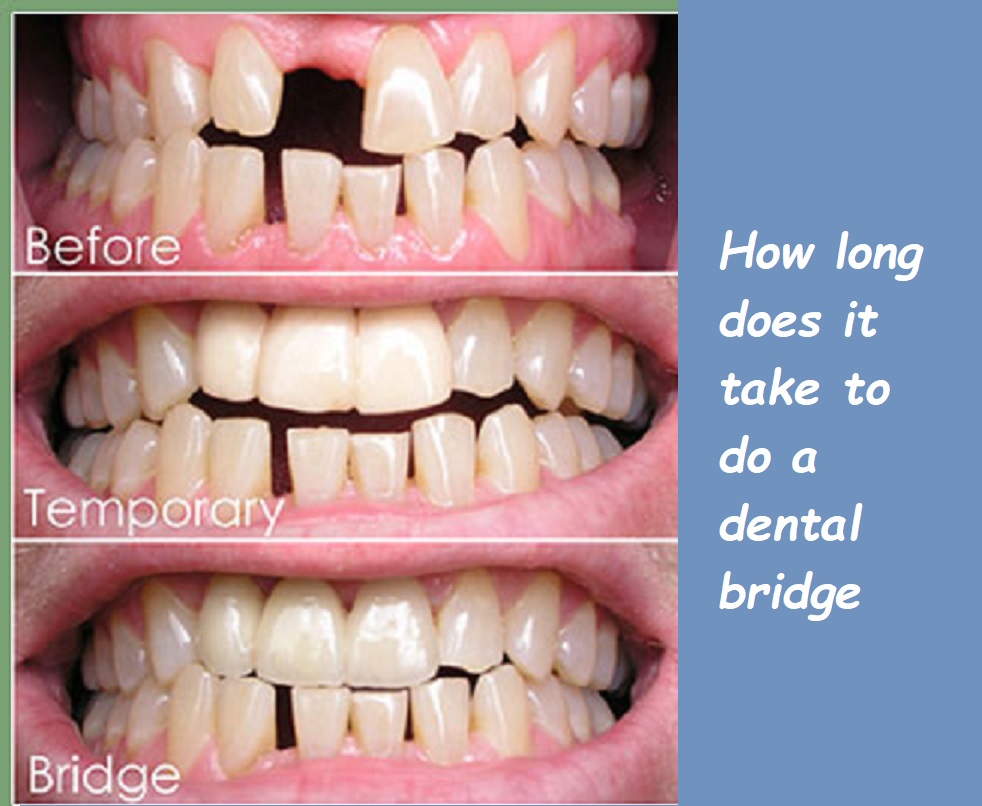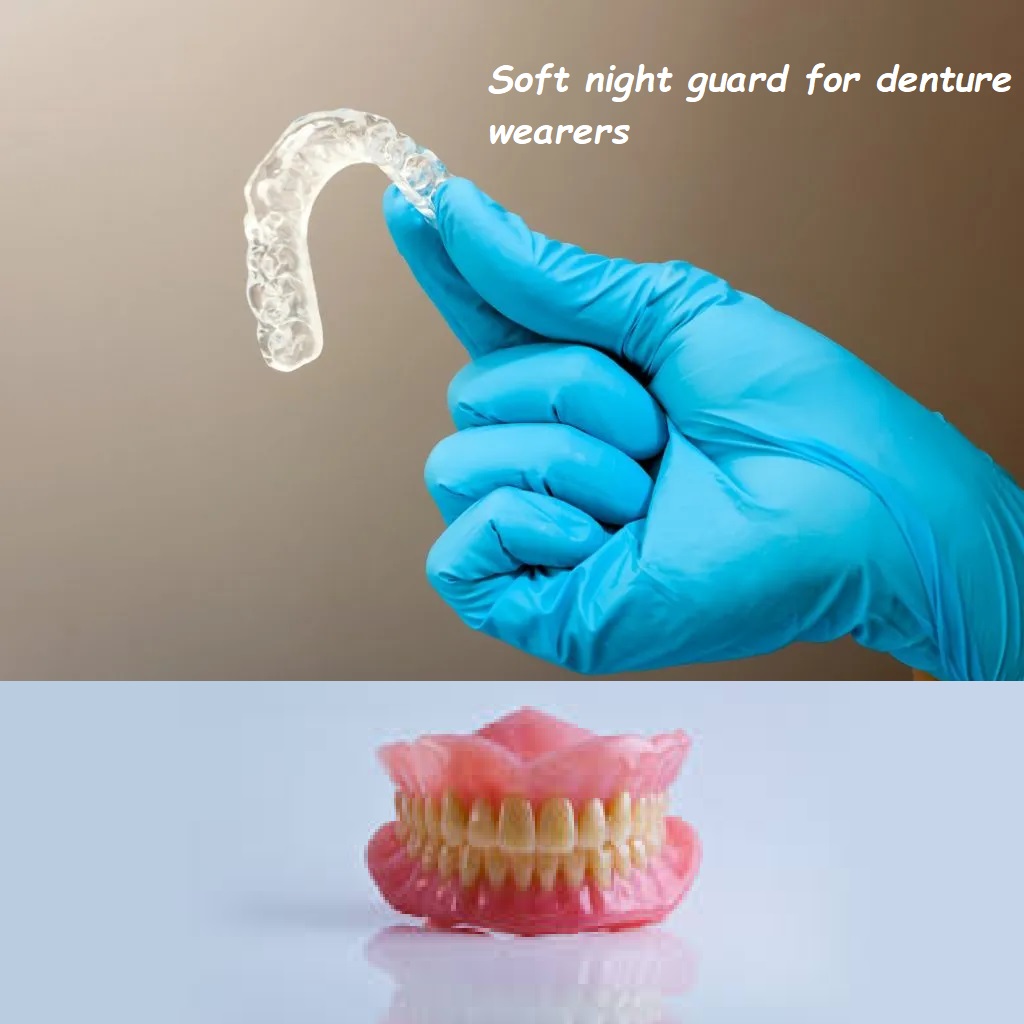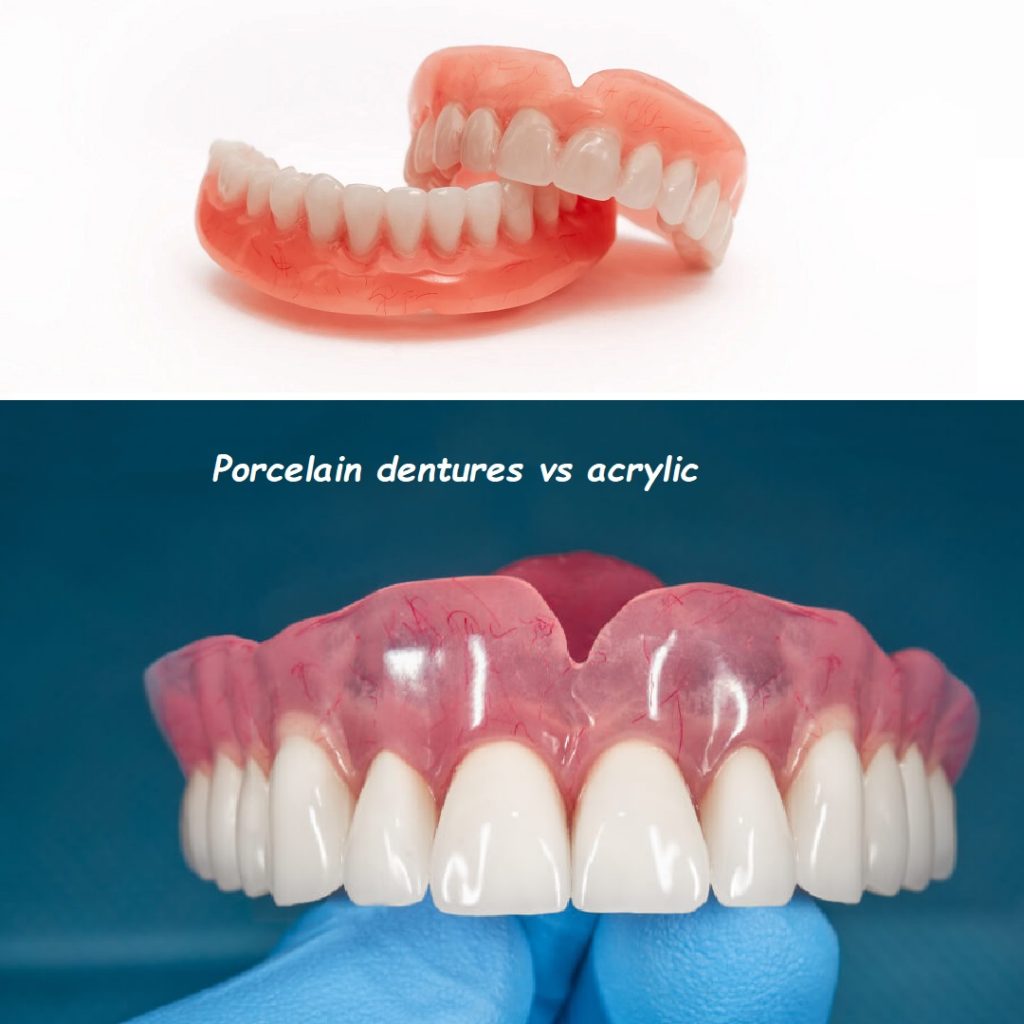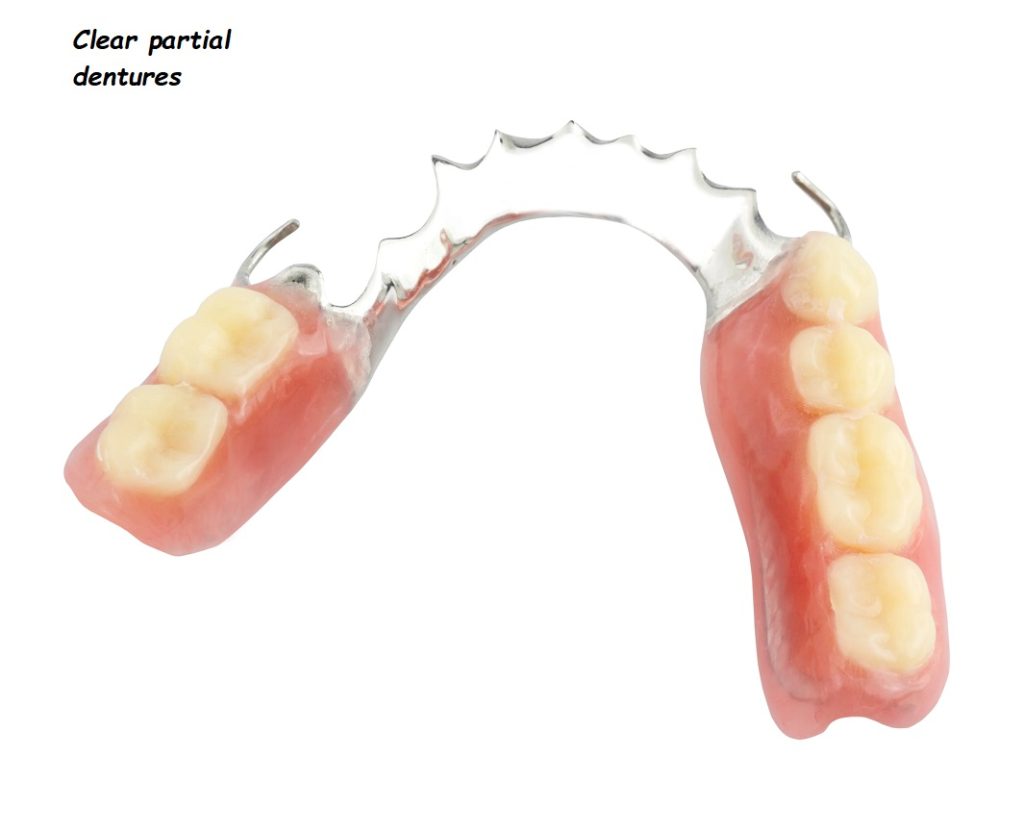how long does it take to do a dental bridge

How Long Does It Take to Do a Dental Bridge? A Comprehensive Guide.
A dental bridge is a popular dental restoration method to replace one or more missing teeth. It literally bridges the gap created by missing teeth, providing both functional and aesthetic benefits. For many patients, understanding the timeline and process of getting a dental bridge can help them make informed decisions about their oral health. This comprehensive guide explores the duration, process, types, and factors influencing the time it takes to complete a dental bridge, offering valuable insights for anyone considering this dental restoration.
What is a Dental Bridge?
A dental bridge consists of two or more crowns for the teeth on either side of the gap (called abutment teeth) and a false tooth or teeth (called pontics) in between. These pontics can be made from various materials such as gold, alloys, porcelain, or a combination. Dental bridges are fixed prosthetic devices cemented onto existing teeth or dental implants.
Types of Dental Bridges
The type of dental bridge chosen can influence the time it takes to complete the procedure. The main types of dental bridges include:
1. Traditional Dental Bridge
A traditional dental bridge, the most common type, consists of one or more points held in place by dental crowns cemented onto the abutment teeth.
2. Cantilever Dental Bridge
A cantilever dental bridge is used when adjacent teeth are on only one side of the missing tooth or teeth. It is less common and typically used in areas of the mouth that experience less stress.
3. Maryland Dental Bridge
A Maryland dental bridge, or resin-bonded bridge, uses a metal or porcelain framework bonded to the back of the abutment teeth. It is often used to replace front teeth and requires minimal preparation of the adjacent teeth.
4. Implant-Supported Dental Bridge
An implant-supported dental bridge is anchored by dental implants rather than crowns or frameworks. This type of bridge is used when multiple teeth are missing and provides excellent stability.
The Process of Getting a Dental Bridge
Getting a dental bridge typically involves several steps, each contributing to the overall timeline of the procedure. Understanding each step can help patients prepare for the process and know what to expect.
Step 1: Initial Consultation and Examination
The first step in getting a dental bridge is an initial consultation and examination with your dentist. During this visit, the dentist will:
- Assess your oral health.
- Determine if a dental bridge is the right solution for you.
- Take X-rays and impressions of your teeth and gums.
- Discuss the types of dental bridges available and recommend the best option.
Step 2: Tooth Preparation
If a traditional or cantilever dental bridge is chosen, the abutment teeth need to be prepared. This involves:
- Administering local anesthesia to numb the area.
- Shaping the abutment teeth by removing a portion of the enamel to accommodate the crowns.
Step 3: Impressions and Temporary Bridge
After preparing the abutment teeth, the dentist will take impressions of your teeth. These impressions are used to create a custom dental bridge that fits perfectly. While the permanent bridge is being made, a temporary bridge is placed to protect the exposed teeth and gums.
Step 4: Fabrication of the Dental Bridge
The impressions are sent to a dental laboratory, where skilled technicians will fabricate your custom dental bridge. Depending on the complexity and the materials used, this process can take one to two weeks.
Step 5: Fitting the Permanent Bridge
Once the permanent bridge is ready, you will return to the dentist for fitting. This involves:
- Removing the temporary bridge.
- Checking the fit and bite of the permanent bridge.
- Making any necessary adjustments.
- Cementing the bridge in place.
Step 6: Follow-Up Visits
After the dental bridge is placed, follow-up visits may be scheduled to ensure the bridge is functioning correctly and that there are no issues with your bite or oral health.
How Long Does It Take to Get a Dental Bridge?
The overall time it takes to complete a dental bridge procedure can vary based on several factors. On average, the process can take anywhere from two to four weeks. Here’s a breakdown of the timeline:
Initial Consultation and Examination: 1 Hour
The initial consultation and examination typically take about an hour. This visit includes assessing your oral health, taking X-rays, and discussing the best type of dental bridge for your needs.
Tooth Preparation: 1-2 Hours
The preparation of the abutment teeth can take one to two hours, depending on the number of teeth being prepared and the complexity of the case.
Impressions and Temporary Bridge: 30 Minutes to 1 Hour
Taking impressions and placing a temporary bridge usually takes about 30 minutes to an hour. This step ensures that your teeth and gums are protected while the permanent bridge is being made.
Fabrication of the Dental Bridge: 1-2 Weeks
The time required for the dental laboratory to fabricate the permanent bridge can range from one to two weeks. This timeframe can vary based on the lab’s workload and the materials used.
Fitting the Permanent Bridge: 1-2 Hours
Fitting and cementing the permanent bridge can take one to two hours. This visit involves removing the temporary bridge, checking the fit of the permanent bridge, making adjustments, and cementing it in place.
Follow-Up Visits: 30 Minutes Each
Follow-up visits, if needed, typically take about 30 minutes each. These visits ensure that the bridge is functioning correctly and that there are no issues with your bite or oral health.
Factors Influencing the Time Required for a Dental Bridge
Several factors can influence the overall time it takes to complete a dental bridge procedure. Understanding these factors can help you better anticipate the timeline:
1. Type of Dental Bridge
The type of dental bridge chosen can impact the time required for the procedure. Traditional and cantilever bridges may require more tooth preparation and fitting time, while Maryland bridges and implant-supported bridges may have different timelines.
2. Number of Missing Teeth
The number of missing teeth being replaced with the bridge can affect the duration of the procedure. Replacing multiple teeth may require more extensive preparation and fitting.
3. Condition of Abutment Teeth
The health and condition of the abutment teeth play a crucial role in the timeline. If the abutment teeth require additional treatment, such as root canals or fillings, this can extend the overall time required.
4. Dental Laboratory
The time taken by the dental laboratory to fabricate the custom bridge can vary. Some labs may have quicker turnaround times, while others may take longer based on their workload and the complexity of the case.
5. Patient Compliance
Patient compliance with appointments and follow-up visits can impact the overall timeline. Attending all scheduled visits and following the dentist’s instructions can help ensure a smooth and timely process.
6. Complexity of the Case
The complexity of the case, including any additional dental work required (e.g., gum treatment, extractions), can influence the time required for the dental bridge procedure.
The Role of Dental Implants in Bridge Procedures
In cases where dental implants are used to support the bridge, the timeline can be extended due to the implant placement process. The placement of dental implants involves several stages:
Stage 1: Implant Placement
The dental implant placement procedure involves surgically inserting titanium posts into the jawbone. This stage typically takes about one to two hours per implant.
Stage 2: Healing and Osseointegration
After implant placement, a healing period of three to six months is required to allow the implants to integrate with the jawbone (osseointegration). During this time, the bone grows around the implants, securing them in place.
Stage 3: Abutment Placement
Once osseointegration is complete, abutments are placed on the implants. This minor surgical procedure takes about 30 minutes to an hour.
Stage 4: Bridge Placement
After the abutments are placed, impressions are taken to create the custom dental bridge. The bridge is then fabricated and fitted, similar to the traditional bridge process.
Overall Timeline for Implant-Supported Bridge
The overall timeline for an implant-supported dental bridge can range from four to nine months, depending on the healing time and the number of implants required.
Costs Associated with Dental Bridges
The cost of a dental bridge can vary widely based on several factors, including the type of bridge, materials used, and any additional treatments required. On average, the cost of a dental bridge can range from $500 to $1,500 per tooth. Here are some factors that influence the cost:
Type of Bridge
- Traditional Bridge: $500 to $1,500 per tooth.
- Cantilever Bridge: $500 to $1,500 per tooth.
- Maryland Bridge: $1,000 to $2,500.
- Implant-Supported Bridge: $5,000 to $15,000.
Materials Used
- Porcelain: Offers a natural appearance but can be more expensive.
- Gold: Durable and biocompatible but may be more costly.
- Metal Alloys: Durable and cost-effective but less aesthetically pleasing.
Additional Treatments
- Tooth Preparation: Costs for additional treatments such as root canals or fillings.
- Implant Placement: Additional costs for dental implants if an implant-supported bridge is chosen.
Conclusion
The process of getting a dental bridge involves several steps, each contributing to the overall timeline of the procedure. On average, the process can take anywhere from two to four weeks, with additional time required for implant-supported bridges. Understanding the factors that influence the timeline, such as the type of bridge, number of missing teeth, and condition of abutment teeth, can help patients better anticipate the duration of the procedure.
Maintaining good oral hygiene, attending regular dental check-ups, and following the dentist’s instructions are crucial for the success and longevity of a dental bridge. By choosing a qualified and experienced dentist, patients can ensure a smooth and efficient process, ultimately achieving a healthy, functional, and aesthetically pleasing smile.









